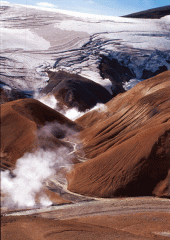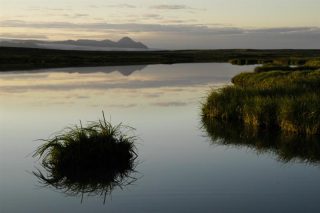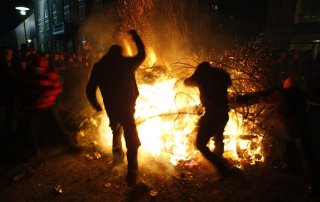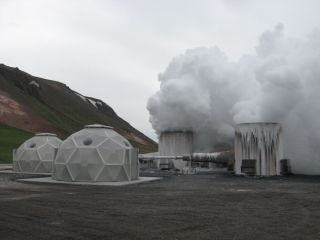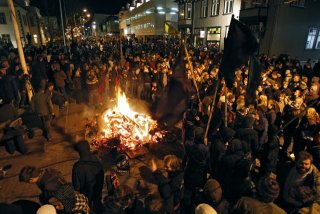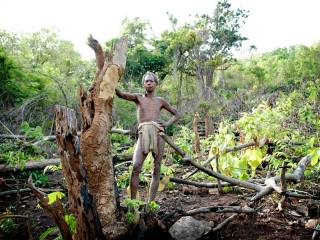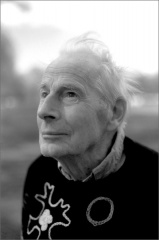Iceland’s new minister of environment and a Left Green MP, Kolbrún Halldórsdóttir has announced that one of here first jobs in the government will be to protect the
Þjórsárver wetlands. At the same time she has said that Norðurál’s (Century Aluminum) plans for a new aluminium smelter in Helguvík, can most likely not be stopped by any future government. While in opposition, the Left Greens always spoke against the construction in Helguvík.
Þjórsárver are a unique ecosystem characterized by tundra meadows intersected with numerous glacial and spring-fed streams, a large number of pools, ponds, lakes and marshes, and rare permafrost mounds. Iceland’s national energy company, Landsvirkjun wanted to build a 30 meters high dam in the area, creating a 65 km2 big reservoir. The energy was supposed to run the enlargement of Rio Tinto Alcan’s aluminium smelter in Hafnarfjörður, a plan that the majority of the town’s population voted against in a local referendum in 2007. Later Landsvirkjun proposed to lower the planned dam down to 24 meters. Halldórsdóttir’s decision about the protection of Þjórsárver is very important and a big victory for the Icelandic environmental movement.
Iceland’s new minority government, formed by Samfylkingin (the Social Democratic Alliance) and Vinstri Grænir (VG – The Left Greens), has released it’s policy statement for the upcoming 80 days until parliamentary elections will take place in the end of April. The statement states e.g. that “no new plans for aluminium smelters are on the government’s list.” Still Össur Skarphéðinsson, a Samfylkingin MP and the minister of industry since 2007, has said that both Norðurál’s planned 360 thousand ton smelter in Helguvík and Alcoa’s planned smelter in Bakki, Húsavík, do not fall under this statement. Read More
